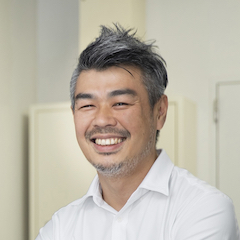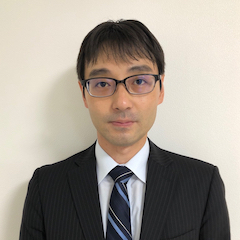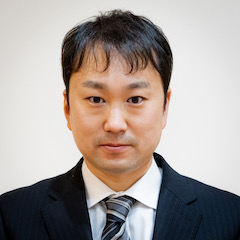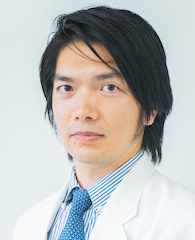MEMBERS
-
 Takamasa Sakai Professor
Takamasa Sakai Professor- 03-5841-6947
- Photo: Courtesy of JSTnews
-
 Kousuke Tsuchiya Associate Professor
Kousuke Tsuchiya Associate Professor- 03-5841-1899
-
 Naoyuki Sakumichi Project Associate Professor
Naoyuki Sakumichi Project Associate Professor- 03-5841-1899
-
 Tsukuru Masuda Project Lecturer
Tsukuru Masuda Project Lecturer- 03-5841-1899
-
 Shohei Ishikawa Assistant Professor
Shohei Ishikawa Assistant Professor- 03-5841-1899
-
 Yasuhide Iwanaga Project Assistant Professor
Yasuhide Iwanaga Project Assistant Professor- 03-5841-1899
Recent Publications
Research
Hydrogels (hereafter abbreviated as gel) are substances that contain large amounts of water, such as soft contact lenses, jelly, and tofu. A gel is typically solid even though more than half its weight is water. In other words, gels are unique in that they are solids entirely, even though most of their composition is liquid.
Our bodies are also gels composed of 30-40% water and polymeric networks, and because of this similarity, gels have excellent properties as biomaterials. Moreover, If the plastics used in the ocean could be replaced by gels containing 50% water content, the amount of polymer in the ocean runoff could be cut in half. Thus, gels can be auspicious materials in such applications where the high water content is an advantage.
Pioneering the gels science:
The fact that the major component of gels is water means that the "remaining components" other than water are responsible for their properties as solids. It is a three-dimensional polymer network. Therefore, the key to developing a gel material is precisely controlling the "architecture" of the network structure. We have developed a homogeneous gel (Tetra Gel), the world standard model gel, and have revealed new properties of gels. In recent years, we have made important discoveries that have overturned the common knowledge of gels, such as negative energy elasticity and the universal equation of the state of osmotic pressure. We have also succeeded in developing a gel that can be stretched more than 30 times and a gel with mechanical properties comparable to those of ligaments by precisely controlling the network architecture.
Creating novel biopolymers:
Polypeptides are biomaterials that exhibit a wide range of properties and functions based on amino acid sequences and higher-order structures. Our goal is to design and develop novel biomaterials and sustainable materials based on polypeptides with specific regularity. We aim to predict peptide sequences with desired functions in a targeted manner using machine learning techniques and to synthesize periodic sequences via chemoenzymatic synthesis.
Gels for biomedical applications:
We have developed various medical gels in collaboration with clinicians, such as artificial vitreous, hemostatic agents, and anti-adhesive agents. It is important to make the gel at the desired site and timing, give the gel the desired physical properties, and degrade it after the treatment is completed. Based on interviews with clinicians, we aim to develop gels for medical applications by designing the network architecture based on precise gel science. We collaborate with a venture company that emerged from our laboratory to establish gels for biomedical applications.
